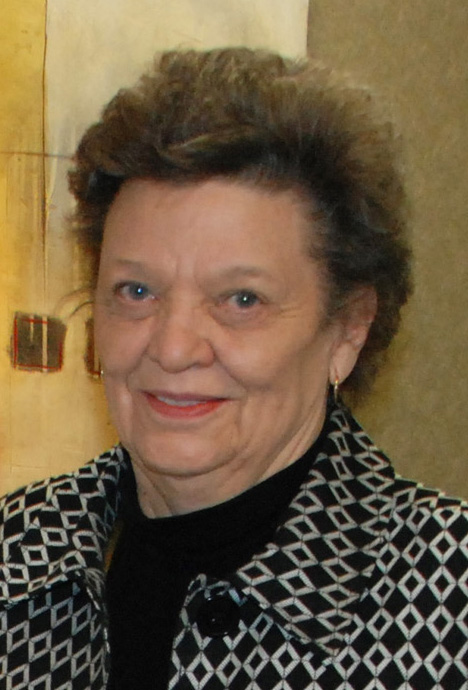
Twila Luckett, R.N., was chosen to receive the first annual Sandidge Pediatric Pain Management Award. (photo by Joe Howell)
Award encourages progress in pediatric pain control
A transformation in the way pain is controlled and managed in children has been taking place at the Monroe Carell Jr. Children's Hospital at Vanderbilt over the years, and now a retired Vanderbilt anesthesiologist is doing her part to encourage continuous improvement in this vital area.
The first annual Sandidge Pediatric Pain Management award recently recognized pediatric pain service nurse Twila Luckett, R.N. The award honors outstanding clinical work or research that advances the practice of pediatric pain management and recognizes and encourages progress in the evolving understanding of pain management for infants and children.

Paula Sandidge, M.D.
Luckett, formerly a perioperative nurse, took the role of pain service nurse when the position was first created in 2005. Today she receives pages from throughout the hospital to summon a consultation for pain control or to bring the pain team to a patient to provide pain relief for children.
“We have sicker and more complex patients today,” Luckett said. “Our team responds to any request for assistance with pain management. Efforts are evolving rapidly to improve pain management for neonates and children with acute and chronic pain.”
When the pain service at Children's Hospital first began, there were three physicians. Now there are six and a fellowship program in pediatric pain management. The Neonatal Intensive Care Unit has its own specialized pain management program and there is a regional anesthesia (blocking pain in a specific area, like the legs) program as well.
In addition, a chronic pain clinic directed by Stephen Hays, M.D., associate professor of Pediatrics and Anesthesiology, has been growing steadily as a resource for children with long-term, recurrent, or unremitting pain. Hays says his clinic sees two to three new patients every week, and Luckett monitors even more patients who live at a distance, by telephone.
“Years ago, medicine held that infants or children either didn't feel pain or that young children wouldn't remember pain,” said Jayant Deshpande, M.D., professor of Pediatrics and Anesthesiology.
“Today we emphasize pain control at every age, even in newborn babies. That is only possible because of the team we have built, and the communication we have developed between team members.”
Growth of knowledge in this area is critical to Paula Sandidge, M.D., who recently founded the award program bearing her name. She said her 30-year career as an anesthesiologist focused on keeping people asleep and out of pain during surgery, but she came to recognize how woefully inadequate her early training had been in controlling pain for the youngest of patients.
This point was driven home when her grandson was born with a painful and untreatable form of osteogenesis imperfecta.
The boy lived just one day, but Sandidge said she realized pain control offered babies like her grandson something irreplaceable: the opportunity to be touched and held comfortably by the people who love them for the few precious moments they have.
“We are learning now that any newborn who experiences serious pain can suffer lasting effects. It can even lead to behavioral problems later in childhood. I want to do what I can to encourage continued learning and discovery in this area,” Sandidge said.













